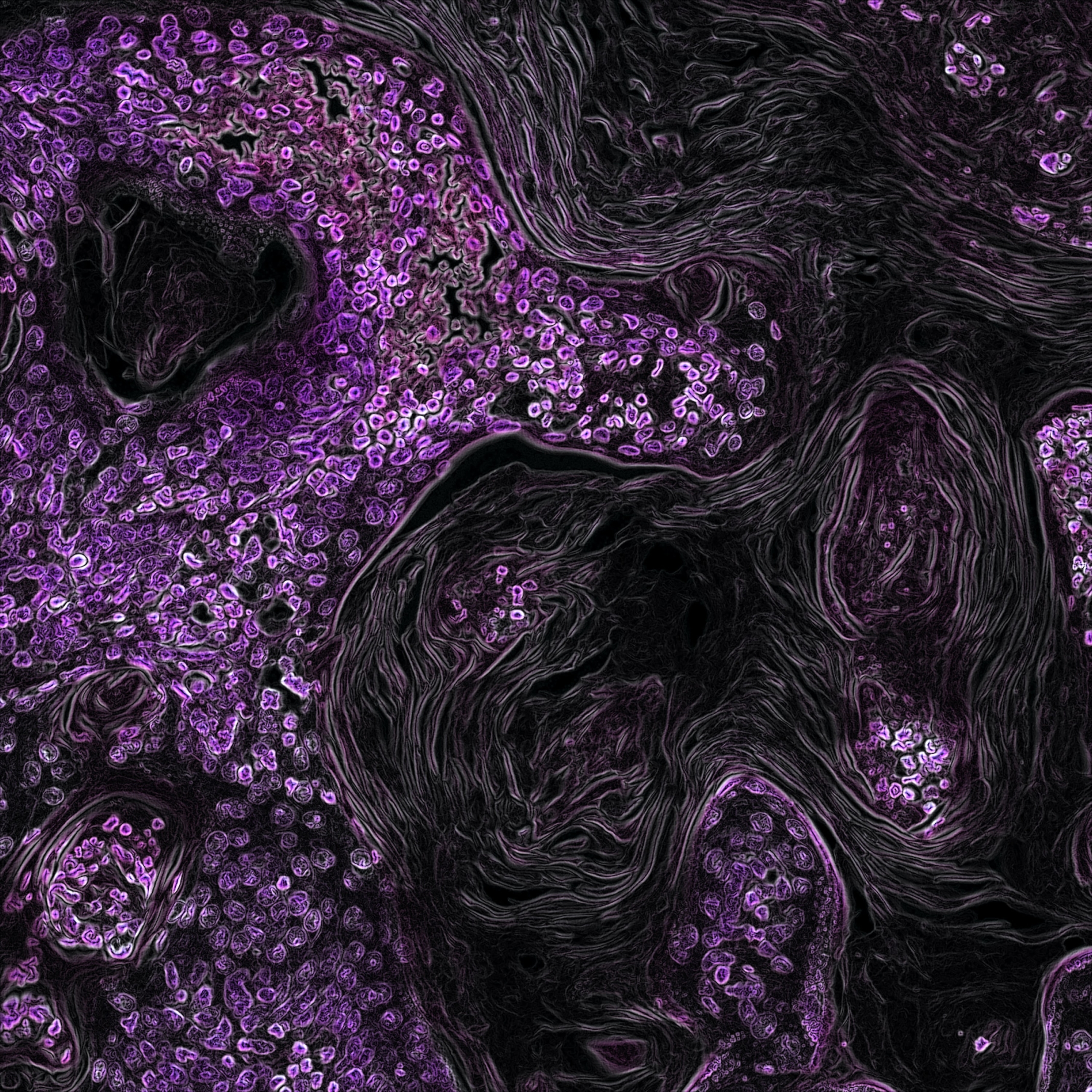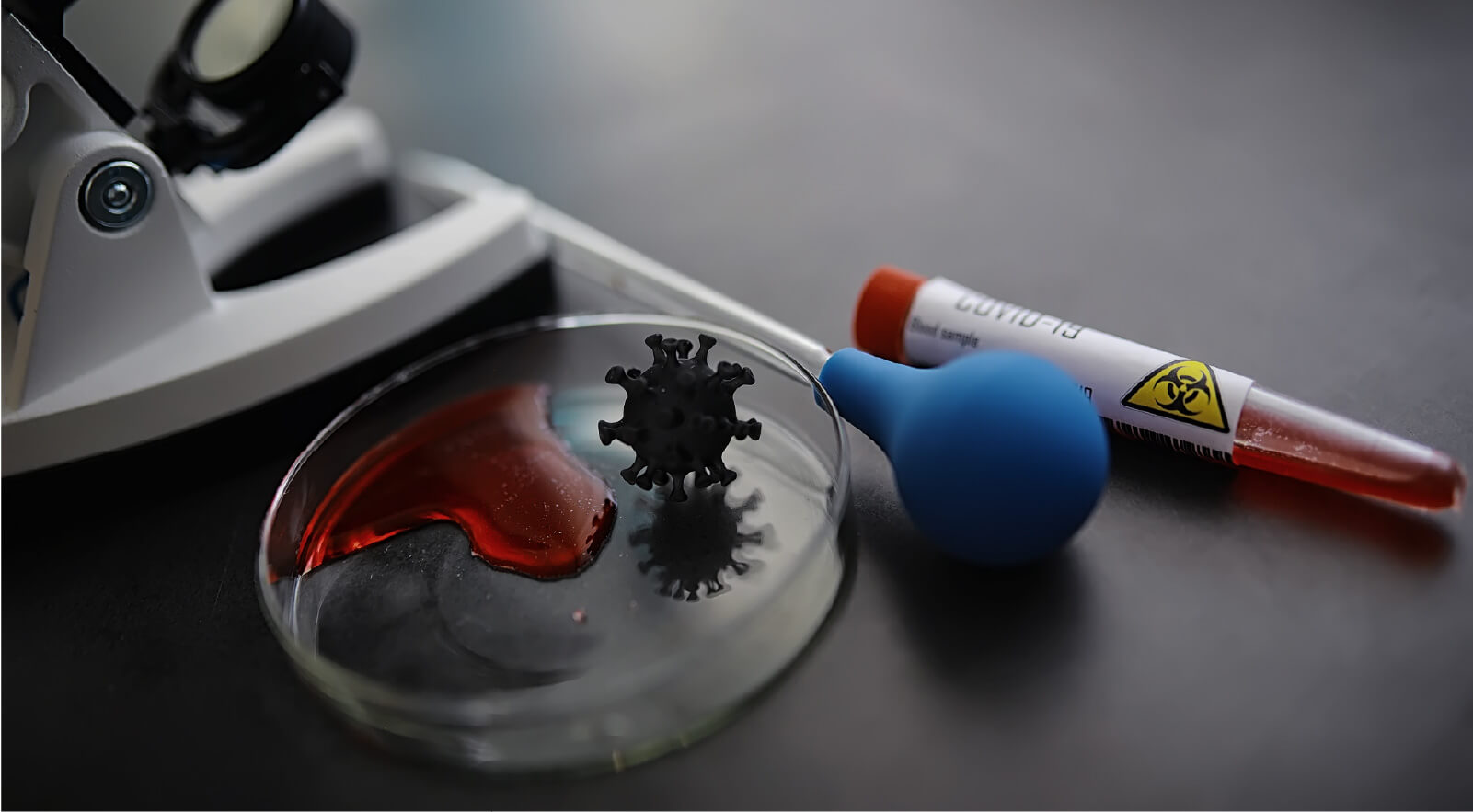
Our Vision Statement
To promote exploration and deeper understanding of the role of blood in health, injury and disease, integrated with the patient’s experience in pursuit of enhanced individualized care.
Overview
Blood permeates every nook and cranny in your body. It is the only tissue that is in constant motion, and on its journey through thousands of miles of blood vessels, it delivers goods, removes wastes, and serves as an information highway between disparate body parts, allowing organisms to function and flourish. Blood may not be life itself, but it is certainly the stuff of life.
Like other tissues and organs, blood is vulnerable to disease. Anemia or leukemia are examples of conditions that directly involve the blood (red and white blood cells, respectively). These disorders are the concern of the hematologist.
Because of its intimate connection with other tissues and organs, blood carries information about the health status of body parts. As a result, virtually every human disease leaves a mark, or signature, in the blood and these disease-specific signatures form the basis of clinical diagnosis. From this perspective, all physicians have a stake in the blood.


This site, then, is about BLOOD in the larger sense, not simply hematology. But it is more than that. It is also about how the past informs our present-day views of blood, how comparative physiology reveals common design principles and vulnerability to disease, and how evolutionary considerations help us understand why things are the way they are. The diversity in approach and expertise is reflected in the the make up of our outstanding Advisory Board, which includes not only hematologists, but also historians of medicine, veterinary hematologists, evolutionary biologists and comparative physiologists.
At its core, the site uses a case-based approach to blood disorders. Science and medicine are currently rooted in big data. For a given disease, the focus is not on a single patient, but rather on hundreds or thousands of patients that yield statistically significant results. Such studies are no doubt critical and have revolutionized medicine. But lost in the shuffle is a consideration of the individual patient, and it is this “unit of investigation” that we wish to emphasize as a teaching device.
In the end, our goal is to bring blood to life, to share the wonders and uncover the secrets of this remarkable entity. We want you to feel and see and touch your own blood – even if metaphorically. We want you to celebrate your blood and think about it in new ways, as a river of life that permeates you – that is you.

